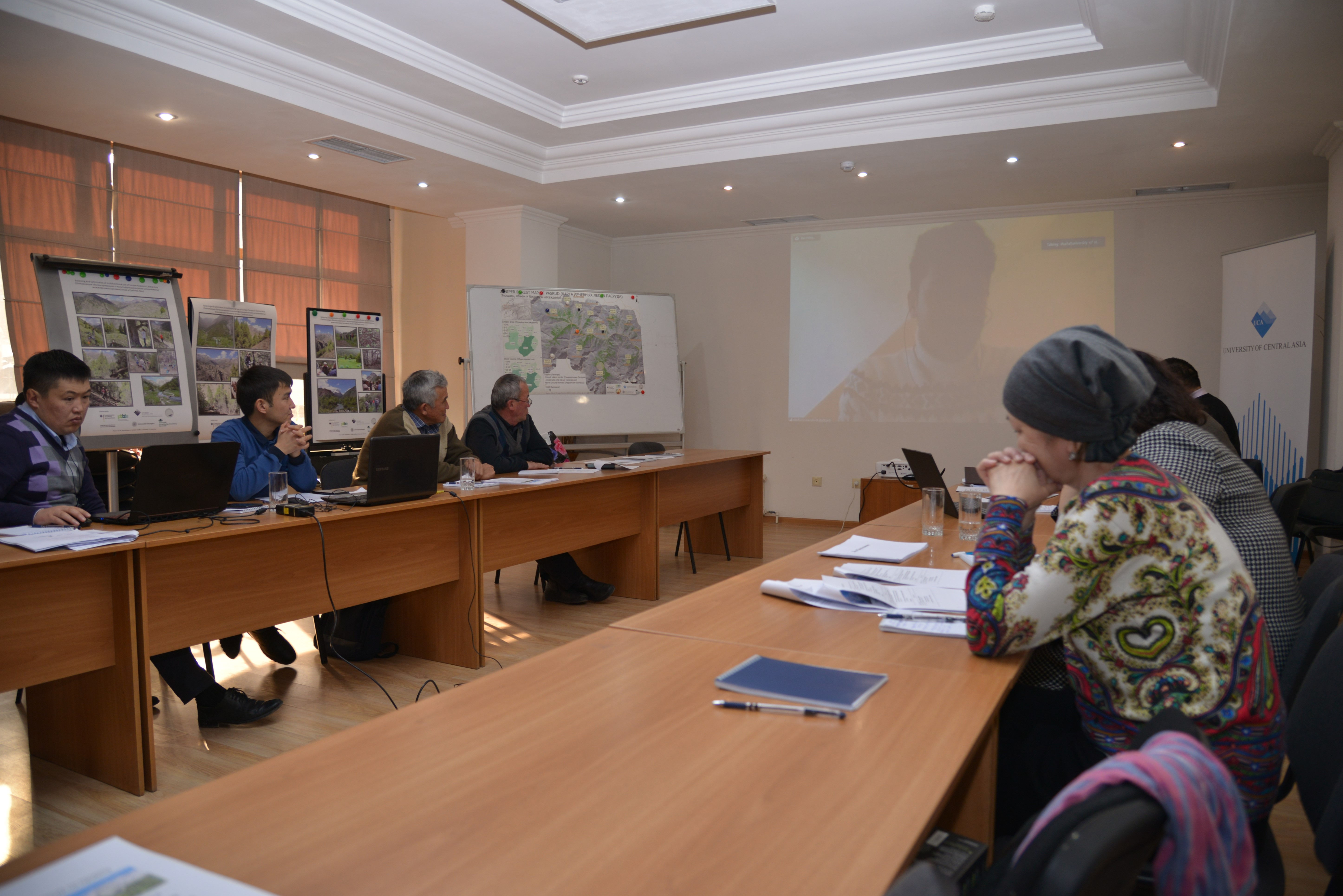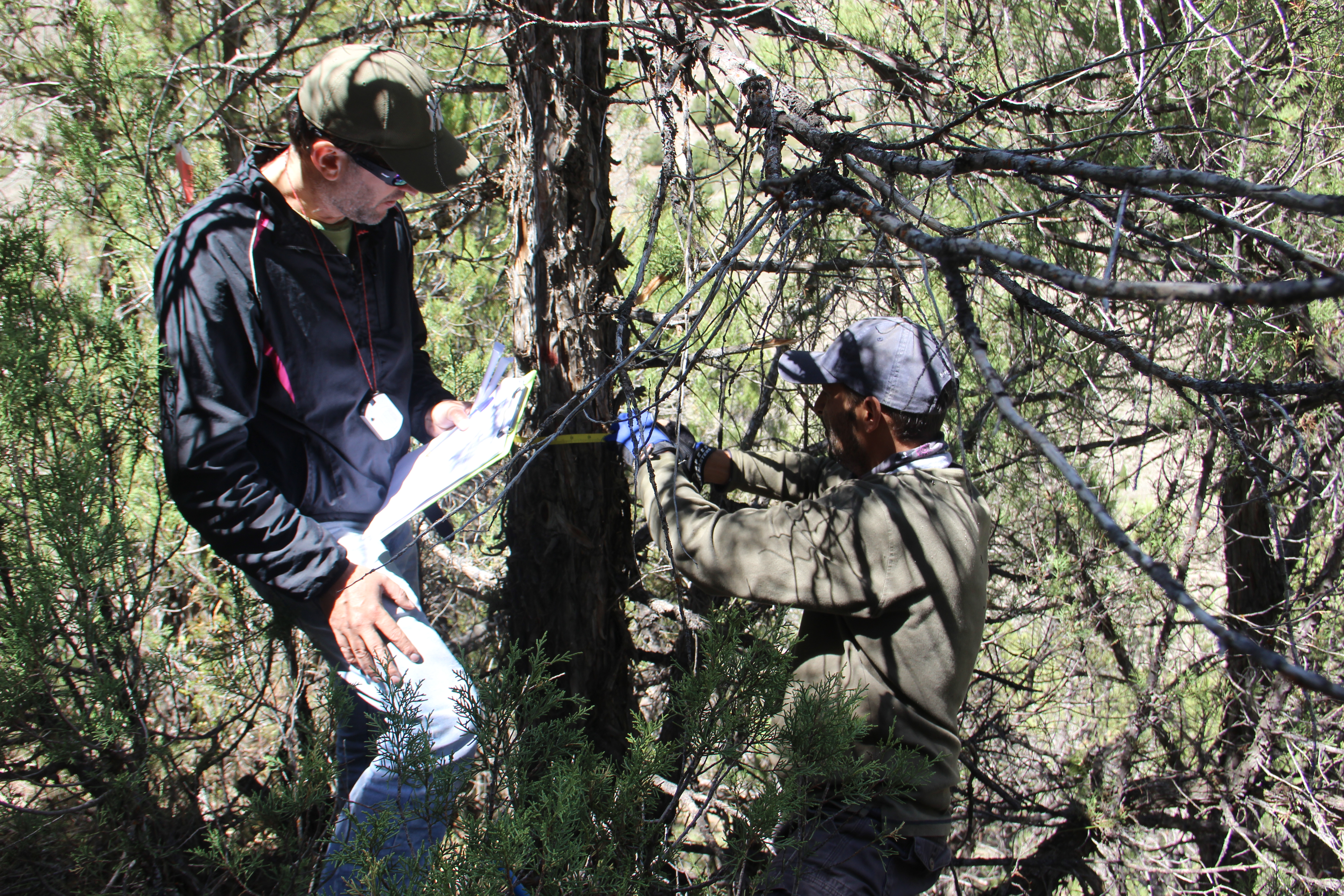
UCA Investigates At-Risk Juniper Forests in Tajikistan
The Pamir-Alai system is one of the world’s biodiversity hotspots, extending its reach into Tajikistan, Kyrgyzstan and Uzbekistan. Considering that forests play important ecological roles, juniper forests are among the dominant ecosystem niches within the mountainous region of Central Asia. However, since the beginning of the 20th century, the proportion of wooded areas in Tajikistan and Kyrgyzstan have declined. With structural problems in the forestry sectors of both countries, the remaining juniper forest fragments are not being sustainably managed.
Together with local collaborators and international partners, the University of Central Asia’s Mountain Societies Research Institute (MSRI) conducted a detailed investigation of two juniper forest systems and their use in western Zerafshan valley in Tajikistan and Kyrgyz-Ata National Park in Kyrgyzstan during the past two years. In December 2021, MSRI organised a symposium to share their findings from Zerafshan valley as the final deliverable in this German-funded project. Researchers from both MSRI and German universities conducted biomass and yield analysis, including dating tree rings, studying forest conditions and distribution using satellite data, and surveying local socio-economic and cultural conditions of forest use. These detailed investigations included research on stand structure and diversity, stem volume, its function, and annual increment growth, regeneration dynamics, and other indicators. This research is intended to serve as a field guide for forest practitioners.
The research noted that after the collapse of the Soviet Union, government subsidies for electricity and fossil fuels ended abruptly. As a result, rural communities shifted from fossil fuels to local biomass, mainly firewood and dung. Tajik forests in 1990s and 2000s were an open access resource for the general population, and wood was used for most energy-intensive activities. Later, as a result of the introduction of a national energy policy, Tajikistan’s production of coal and hydroelectricity has now increased, and the use of wood has declined.
The research team also proposed a stand growth model, which supports the development of policymaking for forests and its sustainable management. The model employs a dynamic, statistical approach, which can help simulate future stand development for effective assessment of proposed policies.
MSRI conducted this project in partnership with the Department of Forest and Environment at the University of Applied Sciences for Sustainable Development Eberswalde (Germany), and the Institute of Landscape Planning and Ecology at the University of Stuttgart (Germany). The local collaborators are the Forestry Agency under the Government of Tajikistan, Welthungerhilfe – Rural Development Programme (Tajikistan), Osh State University (Kyrgyzstan), and Sary-Chelek Biosphere Reserve (Kyrgyzstan). Funding for this research came from the Federal Ministry of Food and Agriculture of the Federal Republic of Germany.














